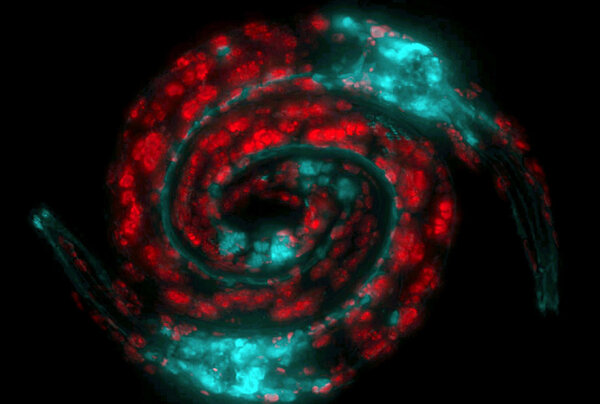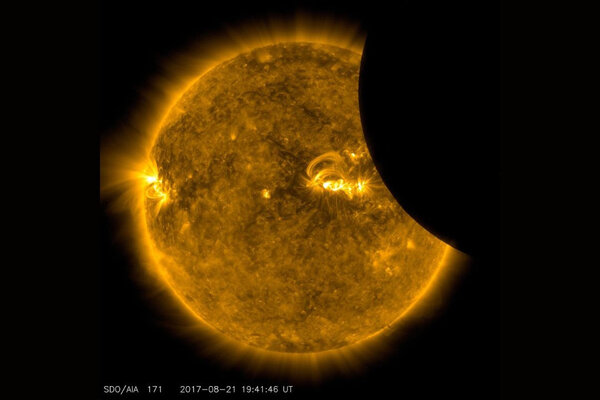
International chemistry organization recognizes U of S grad student
Kelly L. Summers is representing copper on the Periodic Table of Younger Chemists
By Shannon Boklaschuk
A University of Saskatchewan graduate student has been given the honour of representing copper on the periodic table.
Kelly L. Summers, a PhD candidate in the Department of Chemistry in the College of Arts and Science, learned earlier this month that she is one of the first four people to be recognized by the International Union of Pure and Applied Chemistry (IUPAC) and featured on the Periodic Table of Younger Chemists.
“At first I was shocked. I couldn’t believe I was actually chosen,” said Summers. “But later, once it fully registered, I was very excited to be part of the Periodic Table of Younger Chemists and pleased to be representing one of my favourite elements.”
In celebration of IUPAC’s 100th anniversary and the International Year of the Periodic Table, IUPAC and the International Younger Chemists Network (IYCN) created the Periodic Table of Younger Chemists. From July 2018 to July 2019, 118 outstanding chemists from around the world will be honoured and assigned an element.
Approximately eight elements will be revealed each month, with the final elements to be awarded at the IUPAC General Assembly and World Chemistry Congress set to take place in Paris, France, in July 2019.
The elements that have been announced so far include copper (Cu), silver (Ag), gold (Au) and lead (Pb). The four associated scholars hail from the U of S in Canada, the University of Canterbury in New Zealand, the California Institute of Technology in the U.S. and Leipzig University in Germany. The elements are being revealed by IUPAC in order of scientific discovery.
Summers, who has an undergraduate degree and a master’s degree in biology from the University of Western Ontario, came to the U of S to study under professors Ingrid Pickering and Graham George from the Department of Geological Sciences.
“Their group does a lot of really exciting research using synchrotron methods as a way to look at metals in biological systems and I really wanted to learn to use this technique,” said Summers. “With the Canadian Light Source so close to the U of S campus, it seemed like the perfect location.”
Summers believes she was chosen to represent copper on the Periodic Table of Younger Chemists because much of her PhD research “has investigated the role of copper in Alzheimer’s disease and how we might be able to manipulate copper in the brain to change disease progression.”
“Currently there is no cure for Alzheimer’s disease. Our research is quite separate from the clinical side of disease treatment in patients, but we have investigated two drugs that have undergone clinical trials for the treatment of Alzheimer’s disease,” she said. “We think that how these drugs interact with copper might be related to their effectiveness in treating Alzheimer’s disease, which could help in designing new Alzheimer’s drugs.”
Outside of her PhD research, Summers has participated in a number of other activities at the U of S and beyond. For example, in 2016 she was a teaching assistant and mentor for a collaborative course offered jointly by the Department of Chemistry and Classical, Medieval and Renaissance Studies. Entitled “Using Big Science for the Study of Material Culture: Exploring Teaching & Learning Through Research Using a Synchrotron,” the course “brought together completely different disciplines to use synchrotron techniques to examine ancient artifacts and coins,” said Summers.
“The students had some really exciting results and we are continuing some of their initial avenues of research,” she added.
Also in 2016, Summers was awarded a Michael Smith Foreign Study Supplement to travel to Australia, which she describes as “an amazing experience.” She spent three months in Adelaide working in a collaborators’ group, travelling to the Australian Synchrotron and doing research. Summers then spent a few weeks exploring other parts of Australia, “which was a truly unforgettable experience,” she said.
In early 2017, Summers helped organize a series of workshops for women in the Training in Health Research Using Synchrotron Techniques (THRUST) program.
“We were hoping to create an environment of trust and help build confidence in the women of THRUST, as well as discuss issues women face in the sciences,” she said. “We fairly quickly realized that there was a much larger need for such a group than we had initially thought. After the University of Toronto hosted the first successful Leaders Overcoming Gender Inequality in Chemistry (LOGIC) workshop, we began to put together our own Women in Chemistry group in the summer of 2017.”
Currently, Summers’ research, as described by IUPAC, uses “synchrotron spectroscopy and imaging methods to investigate the role of metals, specifically copper, in the Alzheimer’s brain and how these metals may be manipulated using metal-binding drugs.”
“Her recent results suggest that a proprietary drug, which has undergone clinical trials for the treatment of Alzheimer’s disease, may bind copper differently than other drugs within this family. This may allow for interactions with aggregated peptides, which could have significant implications for Alzheimer’s disease treatment,” IUPAC stated on its website.
Indeed, synchrotron technology is very important to Summers’ work. When asked about the best part of her time as a U of S PhD candidate, she said it “has been travelling to different synchrotron facilities across the world, and connecting with so many amazing scientists.”
Announcements of the second four elements on the Periodic Table of Younger Chemists—iron, carbon, tin and sulfur—will be made on July 12, 2018, at the 25th IUPAC International Congress on Chemical Education (ICCE2018) in Sydney, Australia.


